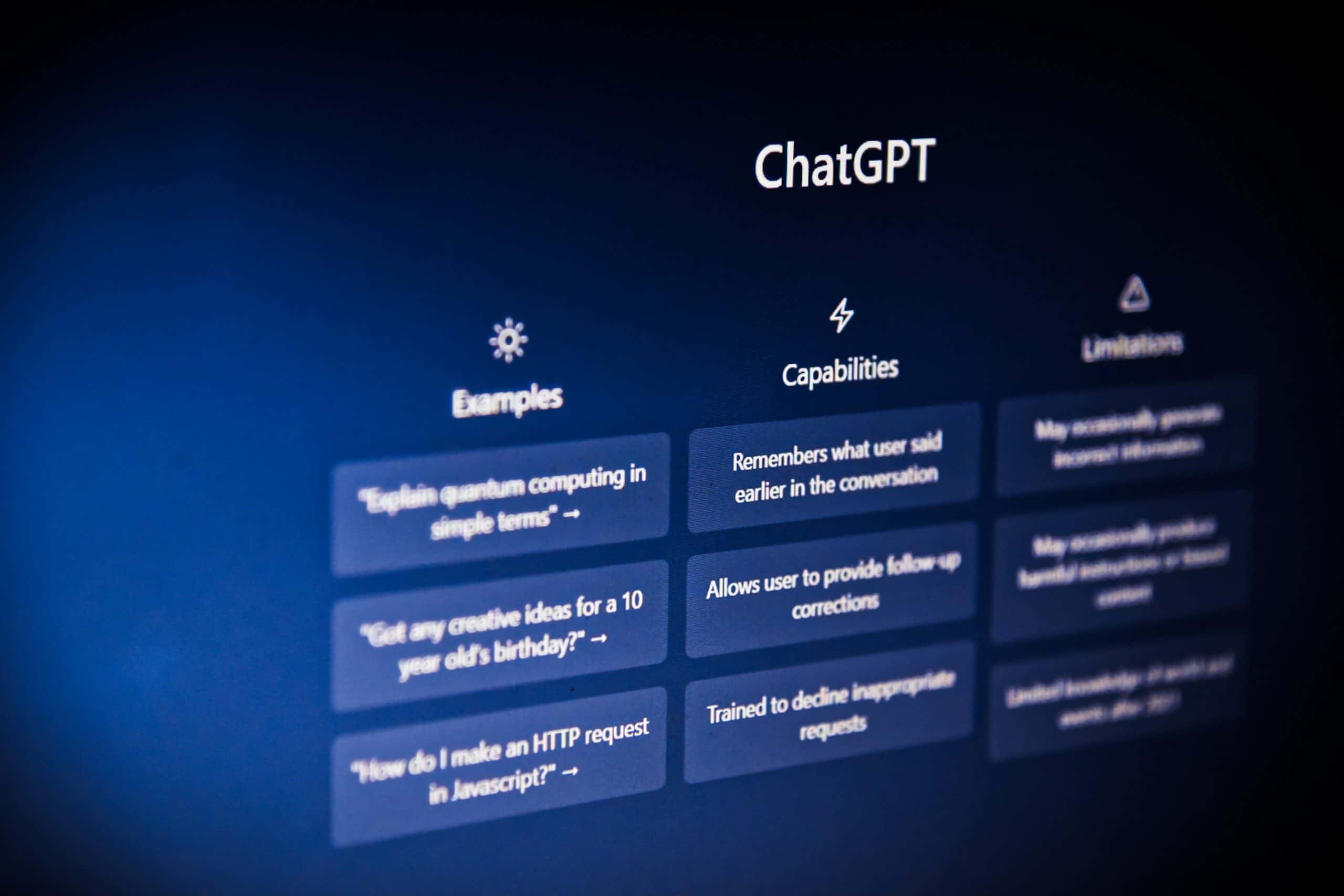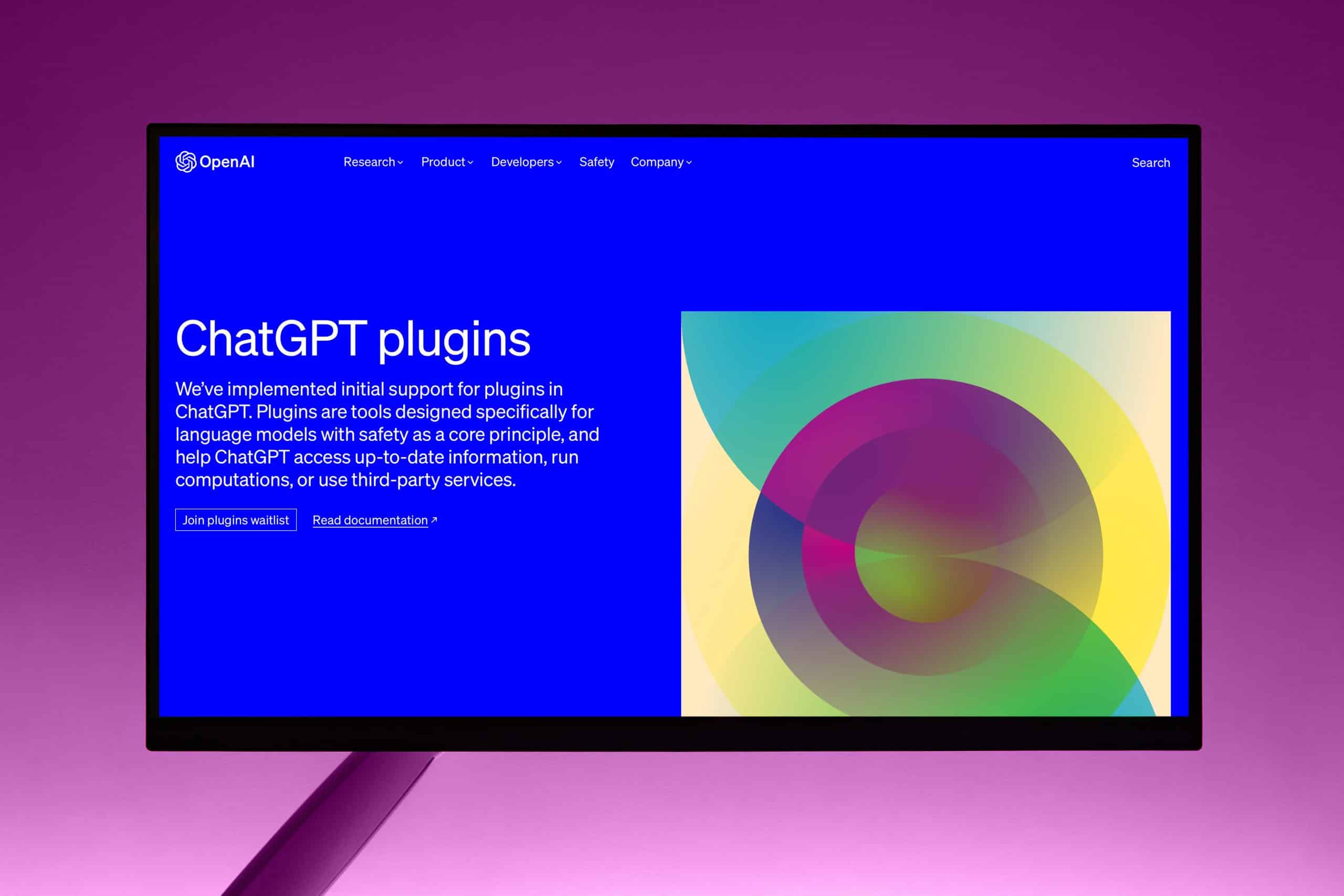In today’s highly competitive business landscape, crafting a compelling sales pitch is crucial for success. However, coming up with the perfect combination of persuasive language and effective messaging can often be a daunting task. Enter ChatGPT, the revolutionary AI-powered writing tool that is transforming the way we create sales pitches. With its ability to generate creative content and engage in dynamic conversations, ChatGPT offers an innovative solution for businesses looking to captivate their target audience and drive conversions. In this article, we will explore how you can harness the power of ChatGPT to craft an irresistible sales pitch that leaves a lasting impression on your potential customers.
What is ChatGPT and its applications?
ChatGPT is an advanced AI language model developed by OpenAI. It allows users to have interactive conversations with a computer program that can understand and generate human-like text responses. This powerful tool has a wide range of applications in various industries. For customer service, ChatGPT can provide instant support and answer frequently asked questions, improving the overall user experience. In content creation, it can assist writers by generating ideas or suggesting improvements for their work. Additionally, ChatGPT’s ability to mimic human conversation makes it useful for creating virtual characters in video games or chatbots for social media platforms.
With its potential to automate customer interactions and save time for businesses, ChatGPT is becoming increasingly popular in sales pitches. Imagine being able to instantly engage potential customers with an intelligent virtual assistant that can provide personalized product recommendations or address specific queries about your offerings. This technology not only enhances the customer experience but also helps businesses scale their operations efficiently by handling multiple conversations simultaneously. By leveraging ChatGPT’s capabilities, sales teams have the opportunity to streamline their processes and build stronger relationships with customers through more meaningful interactions – all contributing towards increased conversion rates and revenue growth.
In conclusion, ChatGPT has emerged as a game-changing technology that revolutionizes how humans interact with machines. Its diverse applications range from providing customer service support to enhancing content creation processes. When incorporated into sales pitches, ChatGPT enables companies to deliver personalized experiences at scale while optimizing resource allocation effectively.

Understanding the sales pitch process
Understanding the sales pitch process is key to effectively using ChatGPT to write a persuasive sales pitch. A successful sales pitch isn’t just about pitching your product or service; it’s about understanding your audience and tailoring your message accordingly. Start by researching your target market and identifying their needs, pain points, and motivations. This will allow you to craft a pitch that resonates with them on a deeper level.
Once you have a solid understanding of your audience, it’s time to structure your sales pitch for maximum impact. Begin with a compelling hook that grabs their attention right from the start. Use language that speaks directly to their pain points and highlight the benefits of your product or service in addressing those pain points. Remember that brevity is key – keep your pitch concise and focused, avoiding unnecessary jargon or filler words.
Finally, don’t forget the power of personalization in building rapport with potential customers. Tailor your sales pitch to each individual by using information you gathered during research, making them feel seen and understood. Additionally, including social proof such as testimonials or success stories can help build credibility and trust in what you’re offering.
By following these steps and leveraging ChatGPT’s natural language generation abilities, you can create an engaging sales pitch that convinces potential customers why they need what you’re offering while also providing value and addressing their individual needs.
Step 1: Setting clear objectives and target audience
Setting clear objectives and identifying your target audience are two crucial steps in crafting an effective sales pitch using ChatGPT. Before diving into the chatbot’s capabilities, it’s important to know what you want to achieve with your pitch. Are you looking to generate leads, close a sale, or build brand awareness? Setting clear objectives will help you align your messaging and tailor it specifically to achieve those goals.
Next, defining your target audience is essential for the success of your sales pitch. Who are you trying to reach? Understanding their demographics, interests, pain points, and motivations will allow you to cater the pitch in a way that resonates with them on a deeper level. By utilizing ChatGPT based on this foundation of knowledge about your desired audience, you can create personalized conversations that speak directly to their needs and desires.
By setting clear objectives and identifying your target audience before using ChatGPT for writing a sales pitch, you’ll be able to maximize the impact of each conversation. It ensures that every interaction is purposeful rather than generic or aimless. The power lies not only in the capabilities of the AI but also in how well it is aligned with your desired outcomes and specific customer profiles.

Step 2: Crafting an attention-grabbing opening line
Crafting an attention-grabbing opening line is crucial when it comes to writing a sales pitch. In today’s fast-paced world, grabbing the reader’s attention from the get-go is vital to keeping them engaged and interested in what you have to offer. So how can you create that captivating opening line? One approach is to start with a thought-provoking question that immediately challenges your audience’s beliefs or assumptions. For example, Are you tired of wasting time and money on outdated marketing strategies? This instantly sparks curiosity and positions your product or service as the solution they’ve been looking for.
Another effective way to craft an attention-grabbing opening line is by using a compelling statistic or fact. Shocking statistics often capture the reader’s attention because they provide evidence of a problem or opportunity that needs immediate action. For instance, Did you know that businesses lose out on $1.85 trillion in potential revenue each year due to poor customer experience? By highlighting such staggering numbers, you emphasize the importance of your product or service in solving their pain points.
Additionally, storytelling can be a powerful tool to grab the reader’s attention right from the start. Opening with an engaging anecdote or relatable scenario immediately immerses your audience into the narrative and positions your offering as the hero of their story. Humans are naturally drawn to stories, so weaving one into your opening line creates an emotional connection while setting up the perfect segue into your sales pitch.
Step 3: Highlighting key benefits and features
Once you’ve established the attention and interest of your audience, it’s time to delve into the crux of your sales pitch: highlighting key benefits and features. This is where you showcase what makes your product or service unique and appealing.
When identifying the key benefits, think about how your offering solves a problem or fulfills a need for your target audience. What pain points does it address? How does it make their lives easier or more enjoyable? By emphasizing these benefits, you create an emotional connection with potential customers by showing them that you understand their needs.
To effectively highlight features, focus on those that directly align with the identified benefits. Don’t just list all the features; instead, explain how each feature contributes to solving a problem or enhancing the user experience. For example, if you’re selling a productivity app, rather than just saying it has an intuitive user interface (a feature), highlight how this allows users to easily manage their tasks and deadlines (a benefit). By linking features to specific advantages, you provide tangible reasons for why your product is worth investing in.
By reiterating key benefits and showcasing relevant features throughout your sales pitch, you not only capture the attention of potential customers but also demonstrate why they should choose your offering over competitors’. Remember to tailor these highlights according to different buyer personas as different individuals may prioritize certain aspects differently. Ultimately, crafting a compelling narrative around how your product/service improves lives will help drive conversions and success in selling.

Step 4: Addressing objections and providing solutions
When it comes to writing a sales pitch, addressing objections and providing solutions is a crucial step in winning over potential customers. It’s inevitable that prospects will have concerns or doubts about your product or service, so it’s essential to preemptively address these objections and offer compelling solutions.
One effective way to address objections is by using social proof. Sharing testimonials or success stories of satisfied customers can help build trust and credibility with your audience. By showcasing real-life examples of how your product or service has solved problems for others, you provide tangible evidence that your offering delivers results.
Additionally, another strategy is to anticipate common objections and proactively provide counterarguments. Put yourself in the mindset of your audience and think about what reservations they might have. Then, craft persuasive responses that alleviate their concerns while highlighting the unique value proposition of your product or service.
By addressing objections head-on and demonstrating how you’ve overcome them, you position yourself as a problem-solver rather than just another salesperson. This not only builds confidence in your offering but also shows empathy towards the needs of potential customers.
Remember, objections are often opportunities for clarification or further education on why your solution is the best fit for their needs. By taking the time to identify potential roadblocks and providing well-thought-out responses, you’ll be well-equipped to navigate any reservations while closing more deals successfully.
Conclusion: Leveraging ChatGPT for effective sales pitches
In conclusion, leveraging ChatGPT for effective sales pitches is a game-changer in the world of marketing. By harnessing the power of AI to generate persuasive and engaging conversations, businesses can take their sales efforts to new heights. ChatGPT’s ability to understand natural language and provide relevant responses creates a personalized experience that resonates with customers.
One key advantage of using ChatGPT for sales pitches is its flexibility. It can adapt to various customer preferences and tailor the conversation accordingly. Whether it’s highlighting product features, addressing specific pain points, or providing real-time support, ChatGPT can be trained to effectively navigate the sales process from start to finish.
Moreover, by utilizing real-time feedback and continuously fine-tuning the chatbot’s responses, businesses can enhance their sales pitch over time. This iterative approach ensures that the conversations are constantly improving based on customer interactions and feedback. With ChatGPT as a virtual assistant, sales teams have an invaluable tool at their disposal that helps them save time while maximizing their impact.
By embracing ChatGPT as a revolutionary tool for writing compelling sales pitches, businesses can gain a competitive edge in today’s fast-paced market. The potential applications are vast – from website chatbots to email marketing campaigns – allowing companies to leverage AI technology in unique ways. As organizations continue to explore innovative solutions like ChatGPT, they will unlock new possibilities for engaging with customers and driving revenue growth.